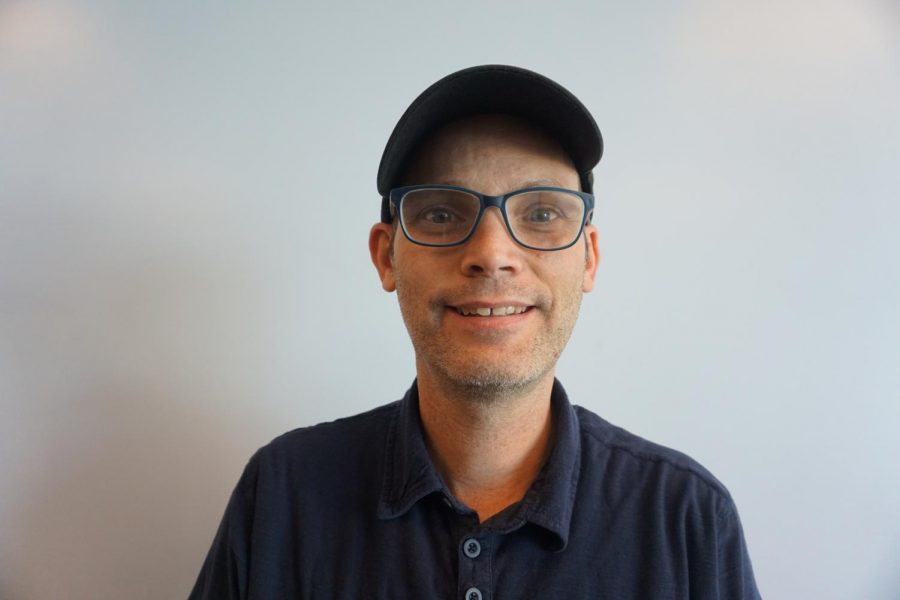New teacher Peter Holley has organized laser shows for De Anza College
Peter Holley teaches AP Computer Science Principles and AP Computer Science A.
It is a Saturday evening in Cupertino, and songs from Pink Floyd’s “A Dark Side of the Moon” album are playing inside the planetarium at De Anza College. Across the ceiling is a brilliant display of multi-colored lights ‒ the lights are from lasers, computer-programmed and projected through a spirograph to produce an image. The music and the image are synchronized. The audience murmurs in amazement.
Peter Holley, the man running the show, has been a laserist since 1998 and is now in his first year as a computer science teacher at Santa Clara High School, teaching both AP Computer Science Principles and AP Computer Science A.
Holley first built lasers for recreational purposes with a friend until he was hired to organize the Saturday night laser shows at De Anza College.
“Laser art is a unique art form and every show is different,” Holley said. “Plus, the music is great.”
Since he was in high school, Holley has shown interest in computers and math. Now, as a new staff member at SCHS, Holley is doing what he loves best.
“Learning the ropes of a new location is difficult,” Holley said regarding his first year at Santa Clara. “The school and students have been great.”
Growing up in Downey, Calif., just 15 miles from downtown Los Angeles, Holley received his degree from DeVry University and taught for four years at Orchard Middle School in San Jose. He is married, a father of five, and looks forward to seeing what activities Santa Clara has to offer.
A mechanical enthusiast, Holley enjoys experimenting with 3D printers, robotics and, of course, laser cutters. He is excited to explore SCHS’s Fab Lab, which specializes in digital fabrication tools for students interested in STEM careers.
“I am interested in how things work,” Holley said. “I love coming up with ideas and creating things.”
Ultimately, Holley wants his students to leave his classroom with a love for asking questions about the world around them. He believes that this type of attitude ‒ questioning the world and how it functions ‒ is what drives innovation.
“Why do things work? How do things relate? How can I make it better?” Holley said. “This is the sauce of life ‒ to investigate and grow.”


